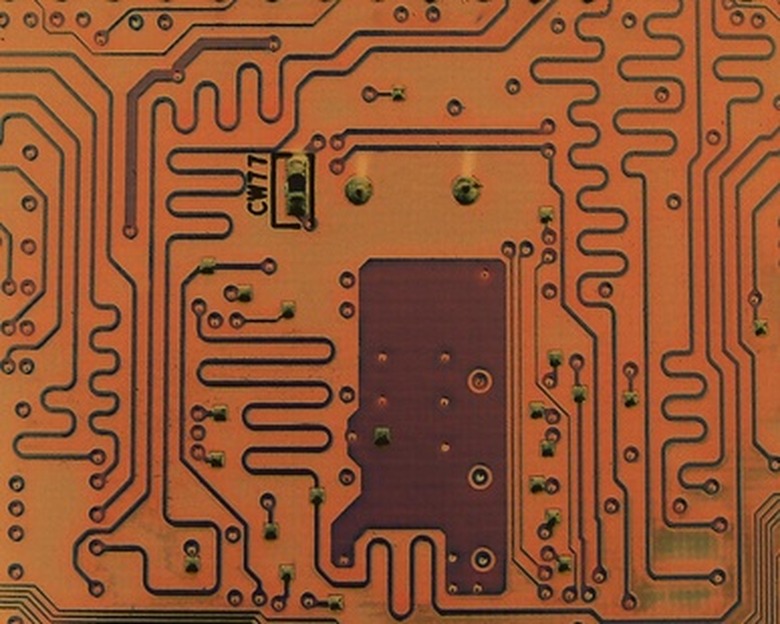High School Electrical Projects
Some of the most interesting high school science projects are electrical in nature. Electricity is incredibly common throughout our day-to-day lives, making it incredibly useful to learn and understand. Projects involving electricity also often relate to other sciences, such as physics, chemistry, biology and mathematics. There are several options when it comes to high school electrical projects, ranging from those that are very easy to those that are more of a challenge.
Electric Generator Projects
Electric Generator Projects
Electrical energy is commonly created by an electric generator. A simple generator can be made of a long wire wound around a cardboard box. Place a stick in the middle of the box and put magnets on the stick. Connect the free ends of the wires to a bulb or any electrical device requiring as little as .5 volts. Electricity can be produced once the stick is turned. The electricity produced can be made higher by turning the stick faster, winding more wires within the box and using more powerful magnets. This basic design can be connected to various sources of power, such as wind or water energy, to turn the generator to demonstrate how renewable sources of power can be used to generate electricity.
Electric Motor Projects
Electric Motor Projects
The electric motor in itself is a project already but it is very useful in making other projects work successfully as well, such as robots or small vehicles. A main component of the motor is an electromagnet which can be made with an iron nail wrapped with copper wire up to .5 inches thick. Connect the ends of wire to batteries to power up the electromagnet. The rotating component can be made of cork pierced with a long needle and freely suspended perpendicular to the electromagnet. Place two magnets on opposite sides of the cork. Once the electromagnet is powered, it will create a magnetic field that will repel the magnets on the cork, making it spin.
Electric Circuit Tester
Electric Circuit Tester
An electric circuit tester is a very useful tool in determining if there is a continuous path inside an electrical device. A simple circuit tester can be made out of a buzzer, black and red wires, electrical tape and batteries. The entire assembly can be housed in any small plastic container. The idea is to create a closed electrical circuit from the batteries up to the buzzer. Place alligator clips at the two ends of the wires. These will be the leads that will be used to test other devices. If an electrical device has a continuous circuit, placing the leads on two of its contact surfaces will complete the tester's circuit. The buzzer will buzz to confirm that the device being tested has a complete circuit.
AM Radio
AM Radio
A simple AM radio can be made out of an empty oatmeal can. Wind #22 or #24 insulated wire around the can. For every 5 turns, make a tap on the wire until there are 40 turns. The first free end of the wire is connected to an antenna. The antenna can be made of any long wire that is insulated on both ends. The other end is connected to a ground circuit, a 47k resistor and a germanium diode. Attach an alligator clip to the end of this wire. Connect a ceramic high impedance earphone at the junctions of the 47k resistor. This radio can be tuned by connecting the alligator clip to any of the taps made on the coil of wire.
Cite This Article
MLA
Johnson, Steve. "High School Electrical Projects" sciencing.com, https://www.sciencing.com/high-school-electrical-projects-7884622/. 24 April 2017.
APA
Johnson, Steve. (2017, April 24). High School Electrical Projects. sciencing.com. Retrieved from https://www.sciencing.com/high-school-electrical-projects-7884622/
Chicago
Johnson, Steve. High School Electrical Projects last modified August 30, 2022. https://www.sciencing.com/high-school-electrical-projects-7884622/
